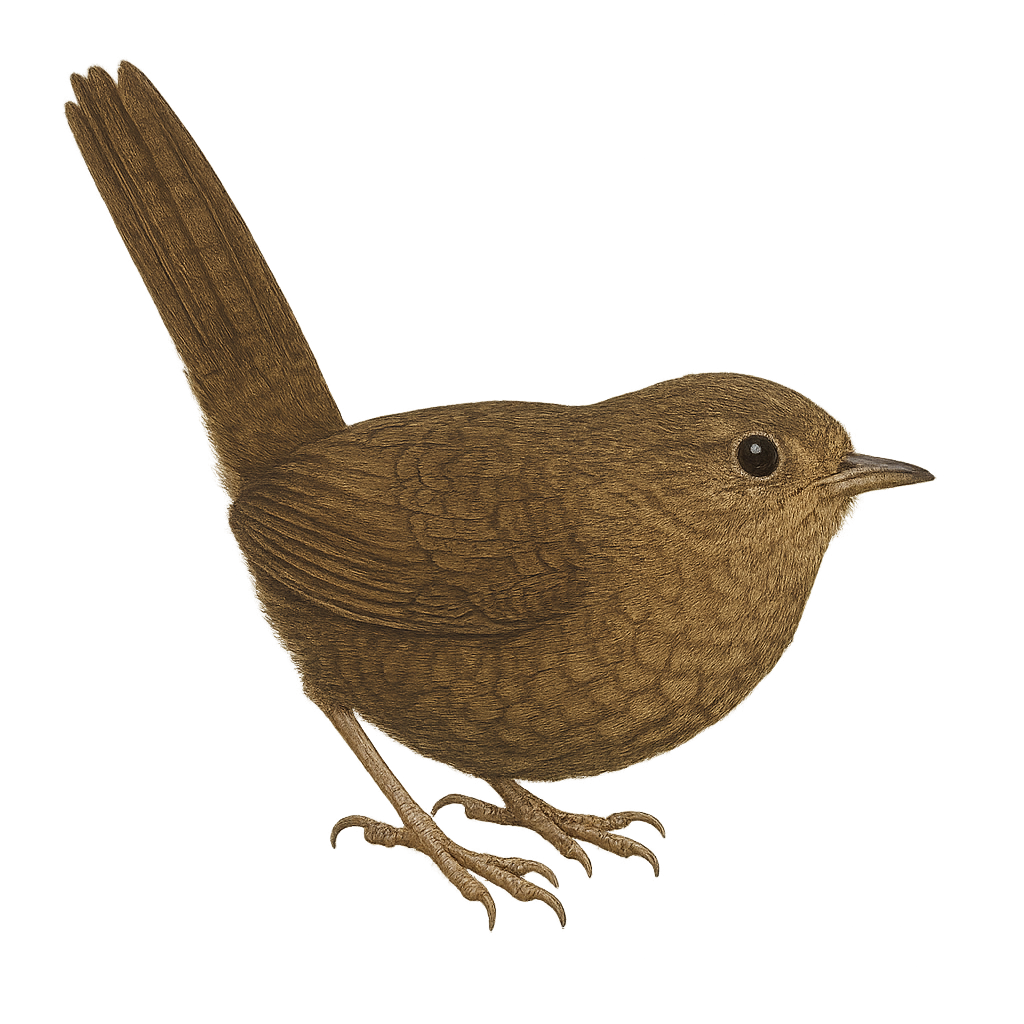Your wildlife photography guide.
Explore the rufous scrub-bird in detail, study its behavior, prepare your shots.
Where to observe and photograph the rufous scrub-bird in the wild
Learn where and when to spot the rufous scrub-bird in the wild, how to identify the species based on distinctive features, and what natural environments it inhabits. The WildlifePhotographer app offers tailored photography tips that reflect the rufous scrub-bird’s behavior, helping you capture better wildlife images. Explore the full species profile for key information including description, habitat, active periods, and approach techniques.
Rufous Scrub-bird
Scientific name: Atrichornis rufescens

IUCN Status: Vulnerable
Family: ATRICHORNITHIDAE
Group: Birds
Sensitivity to human approach: Very shy
Minimum approach distance: 10 m
Courtship display: August to November
Incubation: 38-42 jours
Hatchings: September to January
Habitat:
Rainforests, dense undergrowth
Activity period :
Primarily active during the day, with peak activity in the morning and late afternoon.
Identification and description:
The Rufous Scrub-bird is a secretive and rare bird, endemic to the rainforests of eastern Australia. Small in size, it measures about 17 cm in length and sports a reddish-brown plumage that allows it to blend into its surroundings. This bird is primarily terrestrial, moving stealthily among dense undergrowth in search of insects and other small invertebrates. Its powerful and varied song is often the only clue to its presence, as it is difficult to spot. The Rufous Scrub-bird is monogamous and highly territorial, vigorously defending its space against intruders. Habitat destruction poses a major threat to its survival, leading to its classification as a vulnerable species by the IUCN.
Recommended lens:
400 mm – adjust based on distance, desired framing (portrait or habitat), and approach conditions.
Photography tips:
To photograph the Rufous Scrub-bird, it is essential to blend into the environment and remain still for extended periods. Use a telephoto lens of at least 400mm to capture detailed images from a distance, as this bird is very shy. Patience is crucial, as it is often more heard than seen. Focus on early morning hours when the bird is most active.
The WildlifePhotographer App is coming soon!
Be the first to explore the best nature spots, track rutting seasons, log your observations, and observe more wildlife.
Already 1 439 wildlife lovers subscribed worldwide

